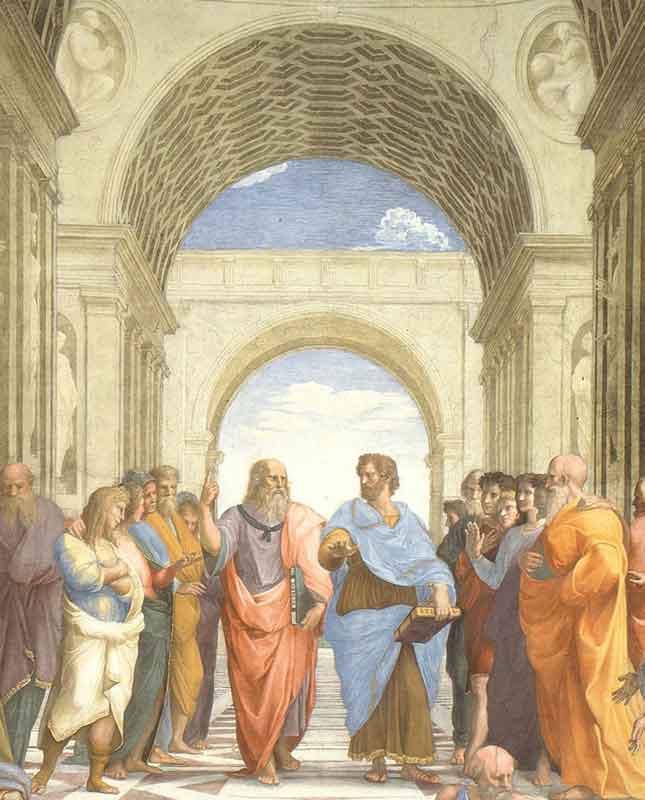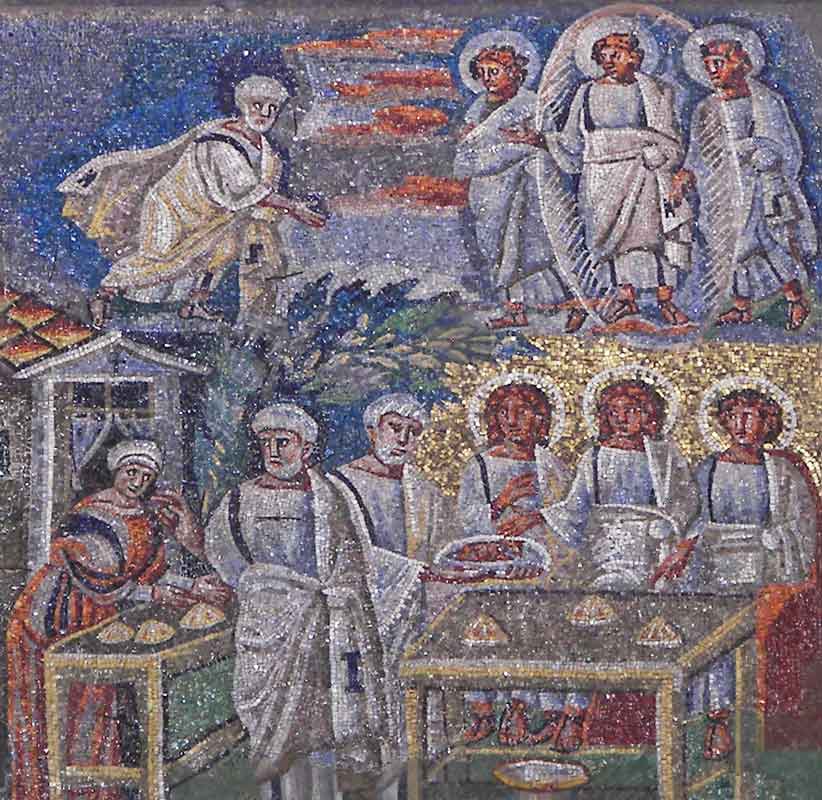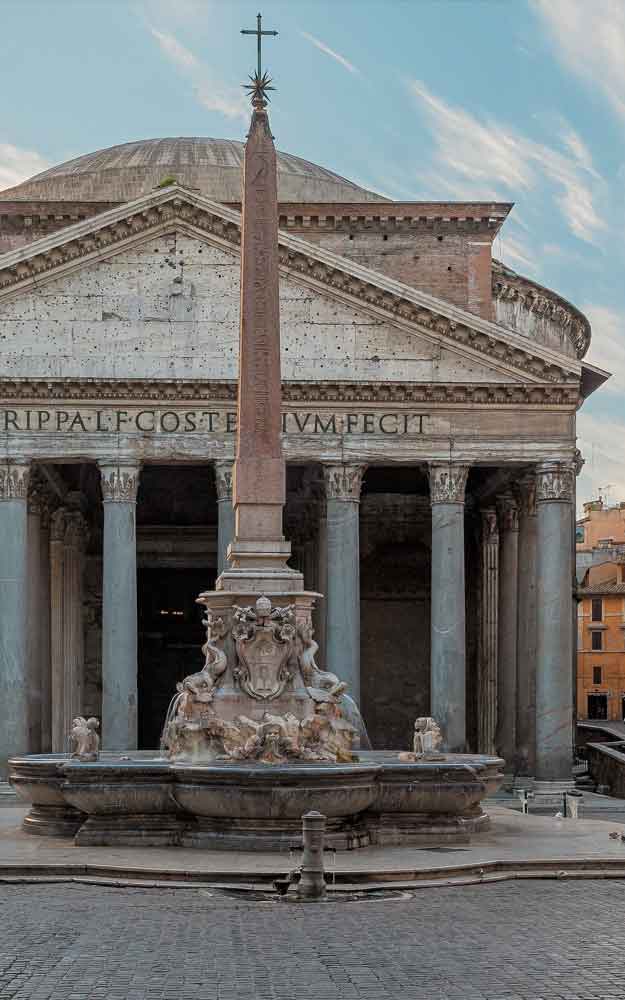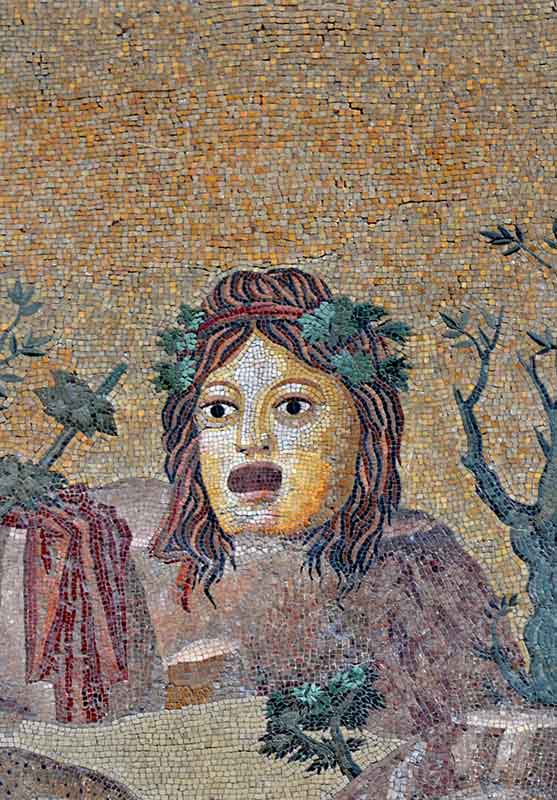BePeriod Gathering in
RomeJoin us to uncover the esoteric heritage of Imperial Rome…
March 23-29

Rome reveals itself in layers, like an archaeological excavation of time. The magnificent Baroque and Renaissance monuments that dominate the city’s skyline give way to earlier Christian churches below, which themselves were often built directly on top of Roman temples and civic structures. Each layer contains traces of those that came before; columns were repurposed, stones reused, artistic traditions adapted and transformed. As we descend through these strata of civilizations, we’ll discover how fundamental teachings were preserved and transmitted, with each era finding new ways to express the same eternal truths.

When the cold and darkness of winter becomes intolerable, it is this which brings the spring; when medieval doctrine grows unbearably rigid, it is this which brings the Renaissance.
Rodney Collin

Renaissance Rome
In the 15th and 16th centuries, Rome experienced a remarkable revival of classical knowledge and forms. This renaissance gave birth to masterpieces such as Michelangelo’s Sistine Chapel ceiling, where biblical narratives are framed by classical sibyls and ignudi; Raphael’s School of Athens and the Vatican Stanze, where Greek philosophers and Christian theology find harmony in architectural spaces inspired by the Pantheon; and Bernini’s sculptures in the Villa Borghese, where classical myths spring to life in marble. These works are not only artistically unprecedented, but serve as testaments to the Renaissance spirit – a recognition that the ancient world had unearthed profound truths that demanded fresh exploration. Like the Renaissance artists who looked back to antiquity for inspiration, all genuine schools of inner work reach across time to rediscover and revitalize forgotten wisdom that illuminates the human condition and our cosmic significance.
The School of Athens | Raphael | 1509 C.E.
I believe that all the moments of rebirth in history have the same quality and stem from the same truth. It is only in their degeneration that ideas seem irreconcilable.


Hospitality of Abraham | Santa Maria Maggiore | 5th c. C.E.
Early Christianity
Beneath the grandeur of Renaissance Rome lie the more austere treasures of an earlier age. While Renaissance artists looked to revive classical forms, these earlier churches preserved them through direct inheritance. In the basilicas of Santa Maria Maggiore and Santa Maria in Trastevere, we witness how the first Christians reconstructed a new teaching from the remains of the old – Roman columns support Byzantine arches, while Roman togas are now worn by Christian saints and martyrs. The Roman era had exhausted its vitality and required renewal; its elements were stripped to their essence and recast in the crucible of a new faith. The glittering mosaics of these churches preserve an artistic tradition passed down from Roman craftsmen, while their themes speak of Christianity’s emergence from its pagan antecedents. In these periods of transition, where one civilization yields to another, their respective inner teachings become uniquely visible. We will examine this layer of intersection, where pagan and Christian symbolism interweave to reveal their deeper meanings.
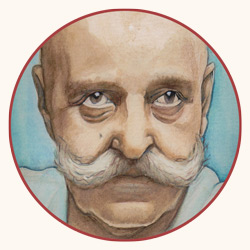
In distant times there existed a real knowledge, but owing to all kinds of life circumstances, political and economic, it was lost and only fragments of it remain. These remains I collected with other people.

The Foundations of an Empire
At the deepest layer of our excavation lies pagan Rome, whose enduring monuments formed the bedrock upon which all later ages would build. Chief among these foundations stands the Pantheon, surviving almost intact from the 2nd century. Its perfect proportions, innovative engineering, and sacred geometry would influence architecture for over two millennia. Unlike many ancient temples that were dismantled or converted, the Pantheon has preserved its original form – a testament to how certain outward expressions of knowledge resist the erosion of time. The Pantheon’s circular design crowned by its remarkable dome represents a meeting of earth and heaven, while its oculus opens directly to the cosmos – architectural features that would inspire countless sacred buildings in the centuries to come.
Here, in one of the empire’s most sophisticated achievements, we find evidence of a civilization that saw itself as the inheritor and transmitter of an ancient wisdom that predated even Greece. We will discover that the mighty Roman civilization acknowledged its debt to an even greater predecessor. The Egyptian obelisk standing in the fountain before the Pantheon serves as Rome’s deliberate homage to Ancient Egypt, from whom the Romans inherited not only its monumental ambitions but also a legacy of sacred knowledge that they sought to preserve.
Pantheon and Obelisk | 126 C.E.
Just as there are accumulators in the body, so there are accumulators of knowledge in life. At certain periods of history certain knowledge was collected and kept there. If you find such an accumulator, you will get the knowledge. What are these accumulators? They are schools, even the old schools that no longer exist.
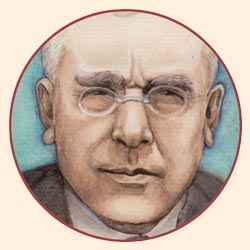

Theatrical Mask | Hadrian’s Villa | 117-138 C.E.
Theatrical Performance
The Romans understood the power of theater. They constructed magnificent amphitheaters across their empire where stories of gods and mortals, virtue and transformation, were brought to life. They adapted Greek dramatic traditions while developing their own unique theatrical forms, recognizing that the impact of live performance far exceeds that of verbal transmission.
Throughout our exploration of Rome, we will dedicate our evenings to theatrical rehearsal. We will choose a Roman theme, adapt it to our school’s circumstances, and create a play around it. Working together to bring historical material into living drama will help us experience Rome on a more profound level – not just intellectually, but with our whole being.
Our final performance will take place in Benevento, where we recently opened one of our communal houses.

Every real religion consists of two parts. One part teaches what is to be done. The other part teaches how to do what the first part teaches. This second part is preserved in secret in special schools.

BePeriod gathering in
RomeJoin us to uncover the esoteric heritage of Imperial Rome…
March 23 – 29

